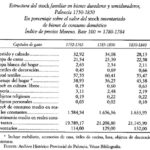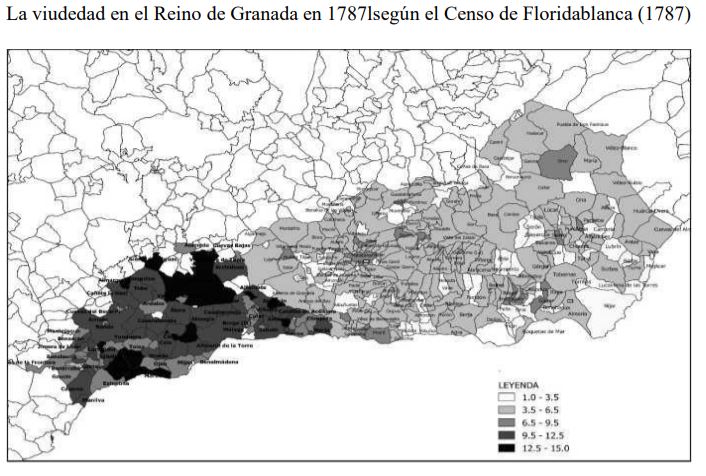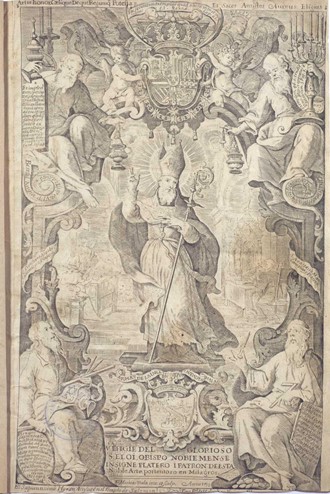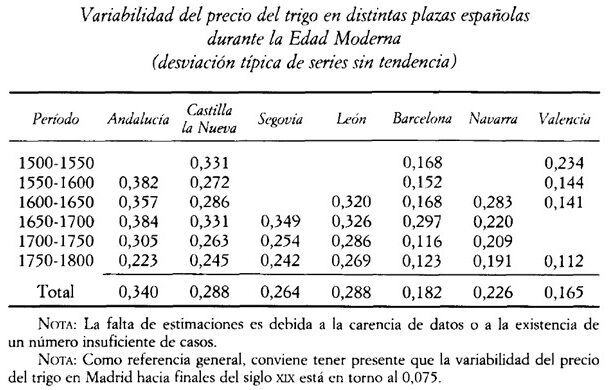
Between the end of the Ancien Régime and the beginning of the Contemporaneity, there was an increase in household consumption in Castile; an industrial revolution without industrialisation that the author, Fernando Carlos Ramos, observes in the province of Palencia between 1750 and 1840. The resource shows that, although consumption patterns remained unchanged among durable and semi-durable goods, household spending did increase. on which products was the largest amount of disposable income spent? In all the periods shown, textiles took up more than 50% of the value of household stock, reaching 60.41% between 1785 and 1800. Within this group, clothing and footwear gradually decreased its weight in overall expenditure, with bed linen increasing. Household goods, on the other hand, were the second most important group in household expenditure. Books, religious and personal objects did not exceed 1%; and jewellery barely reached 2.5% on average between 1750 and 1840. Thus, the importance of textiles was greater than any other good. In terms of consumption patterns, the author has observed how habits developed in the urban world that were “exported” to the rural world, revealing the city as the driving force behind socio-economic change. The increase in household spending was motivated by the economic recovery that took place between 1815 and 1830, coinciding with the favourable evolution of population growth rates, widening the margins of the market.
Collection: Statistics
Project: 3. Rural world and urban world in the formation of the European identity., 4. Family, daily life and social inequality in Europe., 9. Travels and travelers: economic, social and cultural connections.
Chronology: XVIII, XIX
Scope: Secondary Education, Baccalaureate, University
Resource type: Statistics
Format: Table
Source: Ramos Palencia, F. C. (2003). "La demanda de textiles de las familias castellanas a finales del Antiguo Régimen, 1750-1850: ¿aumento del consumo sin industrialización?", en Revista de Historia Económica, XXI, número extraordinario, p. 147.
Language: Spanish
Date: 2003
Owner: Pablo Ballesta Fernández (Modernalia)
Copyright: ©Revista de Historia Económica ©Fernando Carlos Ramos Palencia
Abstract: Analysis of consumer goods and their availability to Palencia's families at a time of transition from the Ancien Régime to the liberal state
Image
Tags








